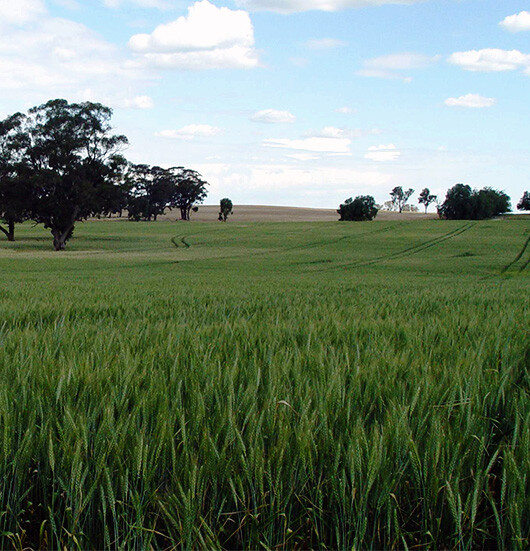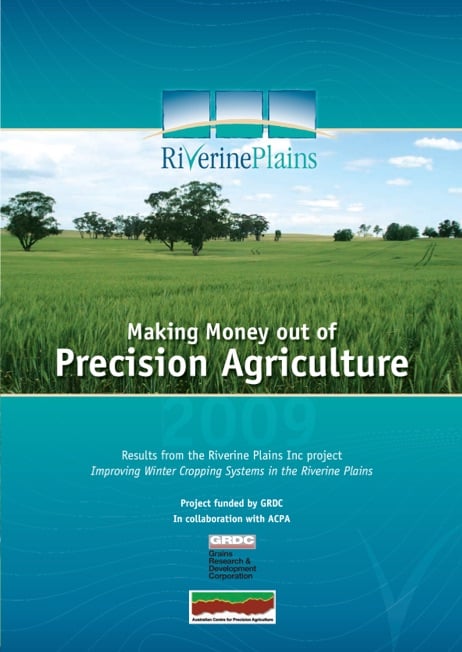Making money out of precision agriculture
A study into the site-specific application of variable rate nitrogen and phosphorus in the Riverine Plains

Publication date
07 Jan 2009
Publication partner
LEARN HOW PRECISION AGRICULTURE CAN DRIVE EFFICIENCIES IN CROPPING SYSTEMS
The variability in crop growth resulting from variable soil attributes has been widely identified in the Riverine Plains.
Trials examining the economics of variable rate nitrogen and phosphorus frequently showed the potential benefit of the site-specific application of these inputs. The benefits come from reduced over-fertilising and under-fertilising of areas according to underlying nutrient status and yield potential.
As part of the Improving Winter Cropping Systems in the Riverine Plains project, a summary report was published which showed that:
- Real differences in lime, gypsum, nitrogen and phosphorus requirements exist within paddocks
- Yield maps along with other PA tools, like EM38, are useful in zoning paddocks into areas of unique characteristics
- When the individual requirements of zones are determined, inputs can be easily applied variably
- The use of historical yield maps will significantly assist variable rate phosphorus and nitrogen applications
- Test strips are a wise approach to testing the profitability of variable rate systems.
Learn more about the key project findings and learnings when implementing a precision agriculture program.
NEWS
Discover unique perspectives on agriculture from across the Riverine Plains.
-
Livestock
-
People
-
Grains
-
Sustainability

